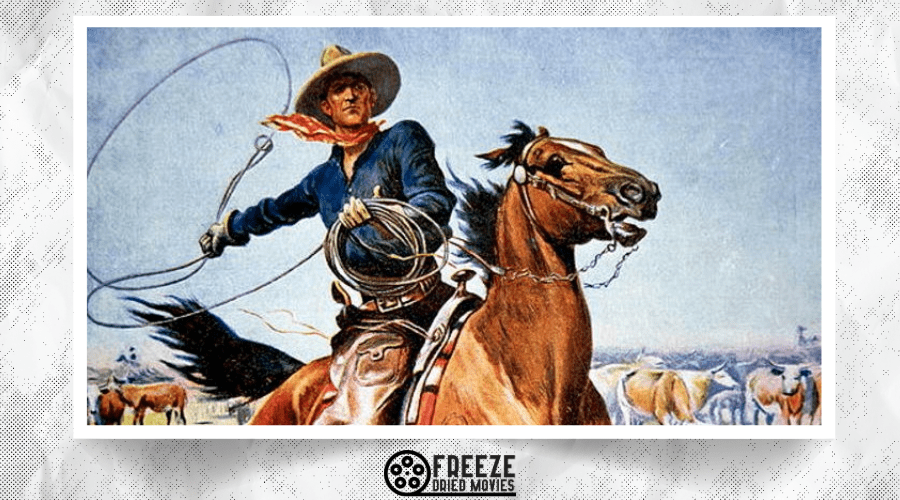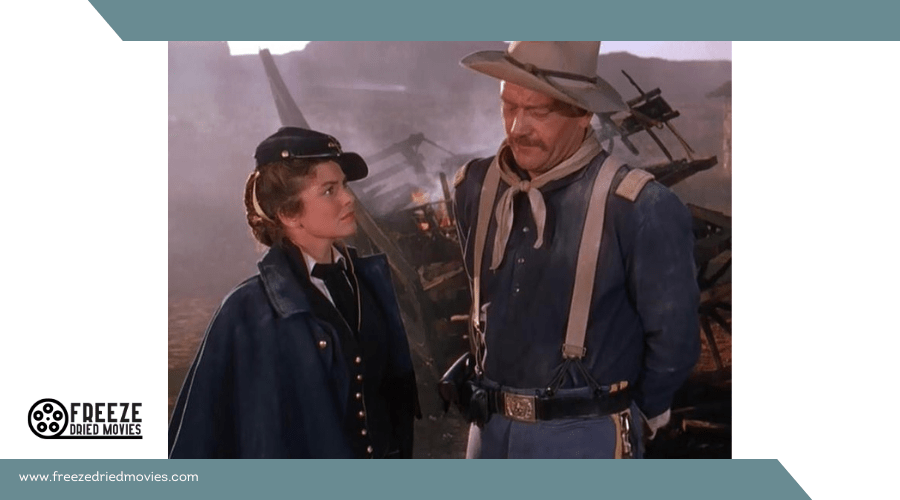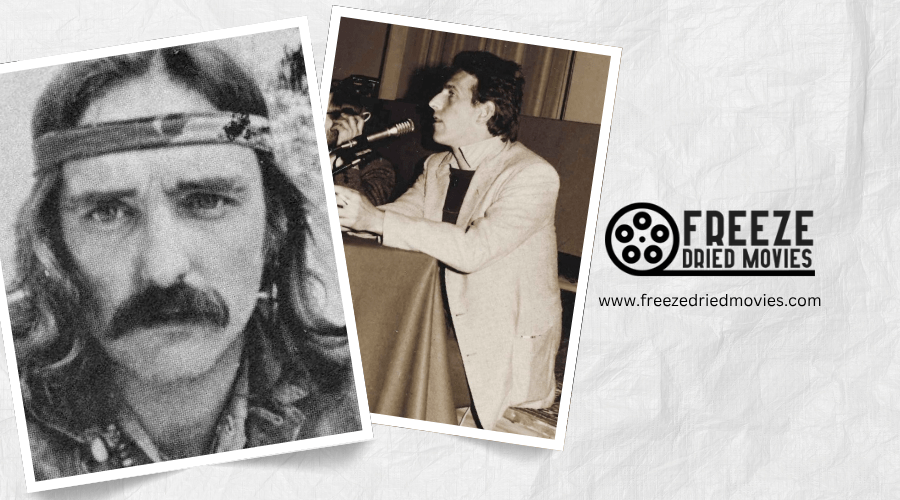The Rise of Zapata Westerns: Political Thrillers in the Genre

You might know spaghetti westerns for their gunfights and stark landscapes, but beneath the surface lies a fascinating political movement. The Zapata Western emerged from 1960s Europe as filmmakers transformed the Mexican Revolution into a canvas for radical ideas. These weren't just action films—they were manifestos disguised as entertainment, challenging authority and celebrating revolutionary ideals. As the political climate shifted, so did these films, evolving from hopeful narratives to something far darker and more complex.
Origins and Historical Context of the Zapata Western Subgenre
While traditional Westerns celebrated America's frontier mythology, the Zapata Western emerged from a radically different political landscape in 1960s Europe. Born during the spaghetti western boom, this subgenre coincided with rising Marxist sentiments across Europe, particularly in Italy.
Unlike their American counterparts, Zapata Westerns transported viewers to the Mexican revolution, creating parallels with Italy's own North-South divide during the Risorgimento. Filmmakers like de Fuentes used the revolutionary priest archetype to explore Latin American liberation struggles while commenting on contemporary Italian issues like organized crime.
The subgenre's evolution mirrored Europe's political climate, with early optimistic narratives giving way to darker themes of betrayal after the failed 1968 protests. This distinctive blend of historical reflection and political commentary distinguished Zapata Westerns from conventional frontier tales. Similar to how the New German Cinema rejected comfortable narratives to confront historical trauma, Zapata Westerns challenged viewers to reconsider revolutionary ideals through a more complex lens.
Revolutionary Themes and Marxist Influences in Italian Westerns
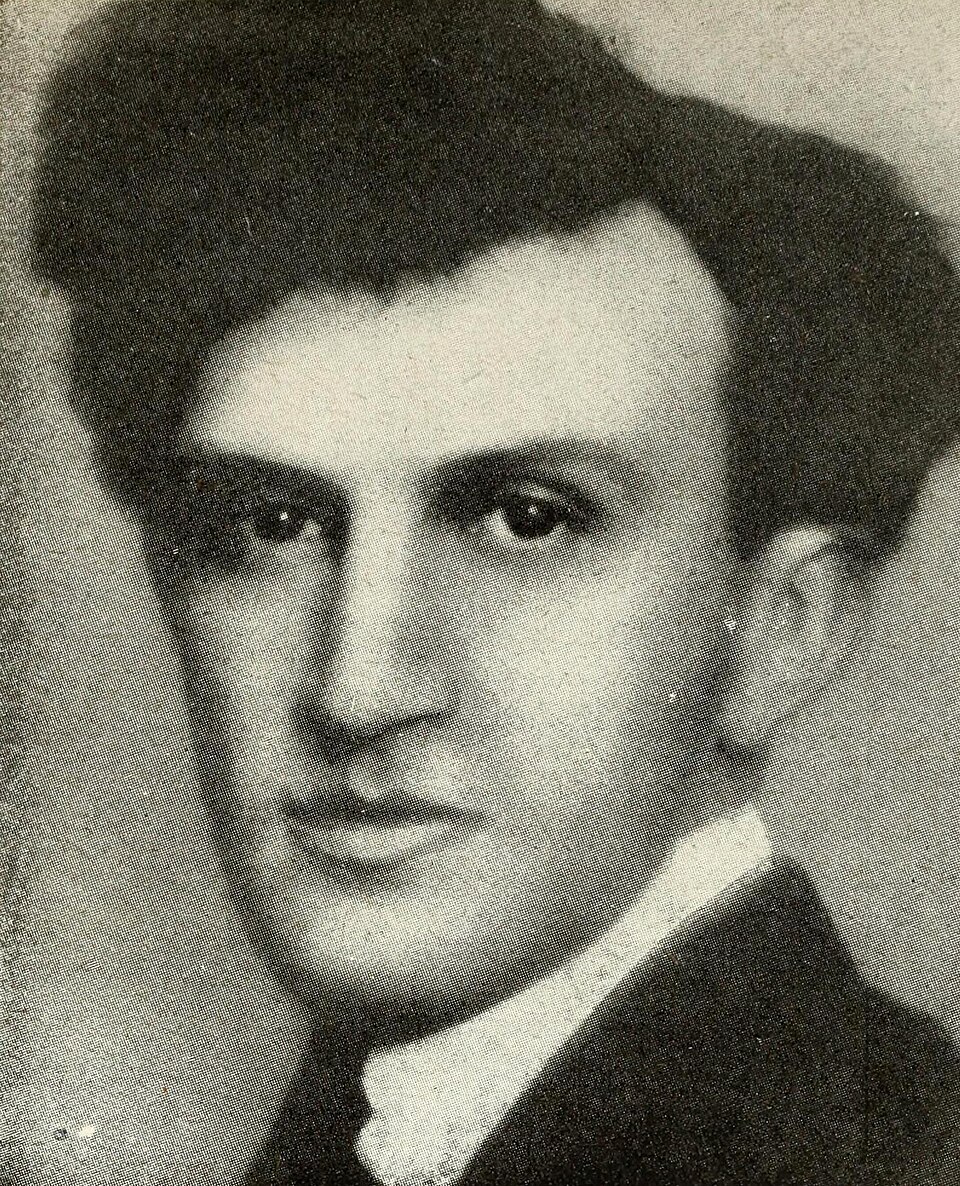
The revolutionary soil of 1960s Italian cinema nurtured a distinctly politicized approach to the Western genre. As Marxist thought spread across Europe, Italian filmmakers transformed the traditional Western into a vehicle for political commentary, particularly focused on Mexican revolutionary narratives.
The genre's evolution reflected Italy's own political climate, with later Westerns like "Tepepa" adopting pessimistic tones following the failed 1968 protests. These films cleverly adapted the Western framework to explore Italy's north-south divide and class struggles through genre cinema.
You'll notice how Zapata Westerns typically featured a cynical mercenary gradually embracing revolutionary ideals, often through friendship with charismatic revolutionary leaders. Films like "A Bullet for the General" showcased this tension between idealistic bandits and political realities, drawing visual inspiration from Mexican cinematographer Gabriel Figueroa's stark landscapes. This innovative approach to genre filmmaking paralleled the broader move from neorealism to a more stylistically refined auteur cinema that characterized Italian directors of the period.
Key Directors and Defining Films of the Zapata Western Movement
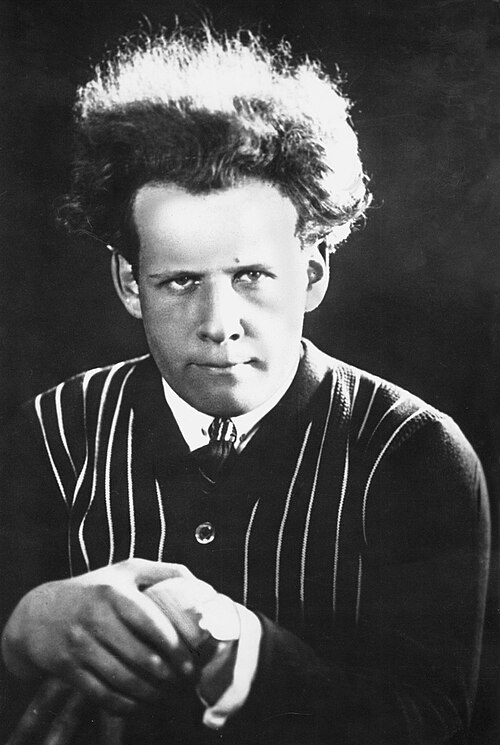
Several visionary directors shaped the Zapata Western movement, transforming what began as simple genre exercises into politically charged cinematic statements. While influenced by John Ford's American classics, Sergio Corbucci emerged as the movement's conscience, crafting "A Bullet for the General" (1966) and the nihilistic masterpiece "The Great Silence" (1968).
Corbucci's approach challenged conventions by depicting revolutionaries caught in moral ambiguity, much like Sergei Eisenstein and Luis Buñuel had done in their politically charged works. His films "The Mercenary" (1968) and "Tepepa" (1969) explored the Mexican Revolutionary context with the same critical eye that Gillo Pontecorvo brought to insurgent struggles. Unlike traditional Mexican cinema's romantic view of revolution, Zapata Westerns portrayed disillusionment and betrayal, especially after the 1968 protests failed to deliver lasting change.
The Mexican Revolution as Allegorical Canvas for Italian Filmmakers
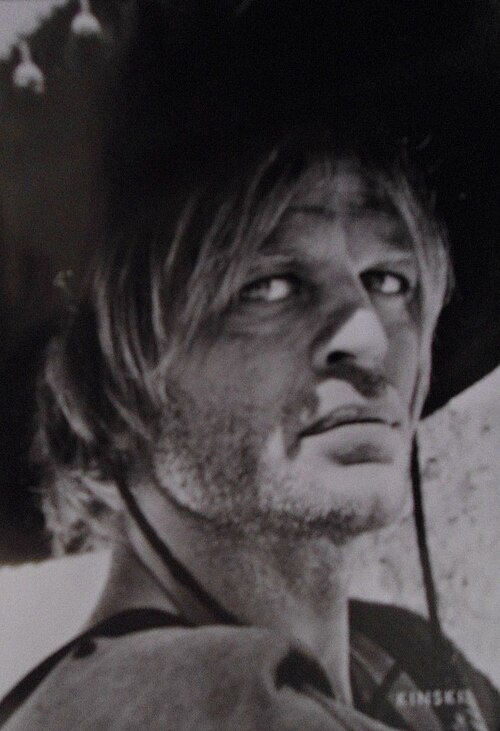
Italian filmmakers of the 1960s and 70s discovered in the Mexican Revolution an ideal allegorical landscape to explore their own nation's complex political realities. The film industry's fascination with this "época de oro" allowed directors to examine Italy's north-south divide and growing criminal influence through a foreign lens.
Movies made within this subgenre featured mercenaries and revolutionaries whose struggles resonated among intellectuals concerned with contemporary Italian politics. Stars like Klaus Kinski brought intensity to roles that questioned the nature of revolution itself.
What makes these films remarkable is how they transformed a specific historical event into universal commentary on power, corruption, and idealism. As the movement evolved, particularly post-1968, filmmakers increasingly used the Mexican battlefield to portray the disillusionment that follows when revolutionary dreams confront harsh political realities.

